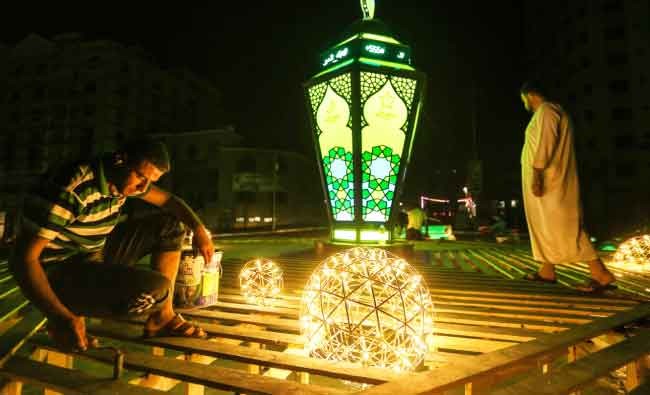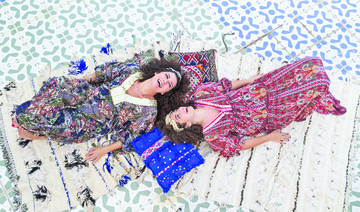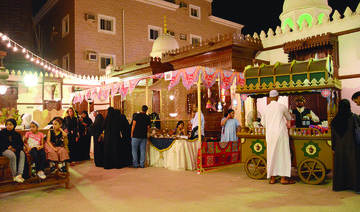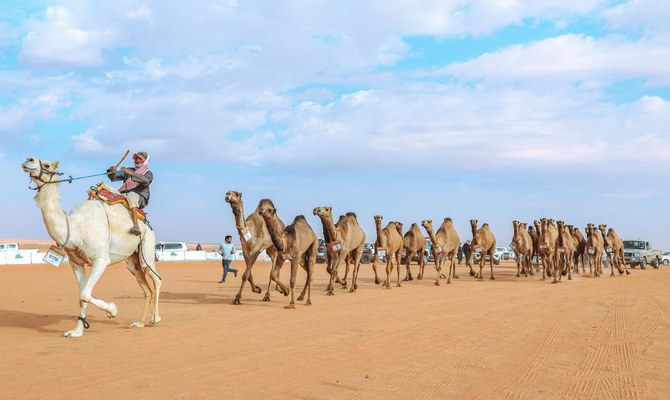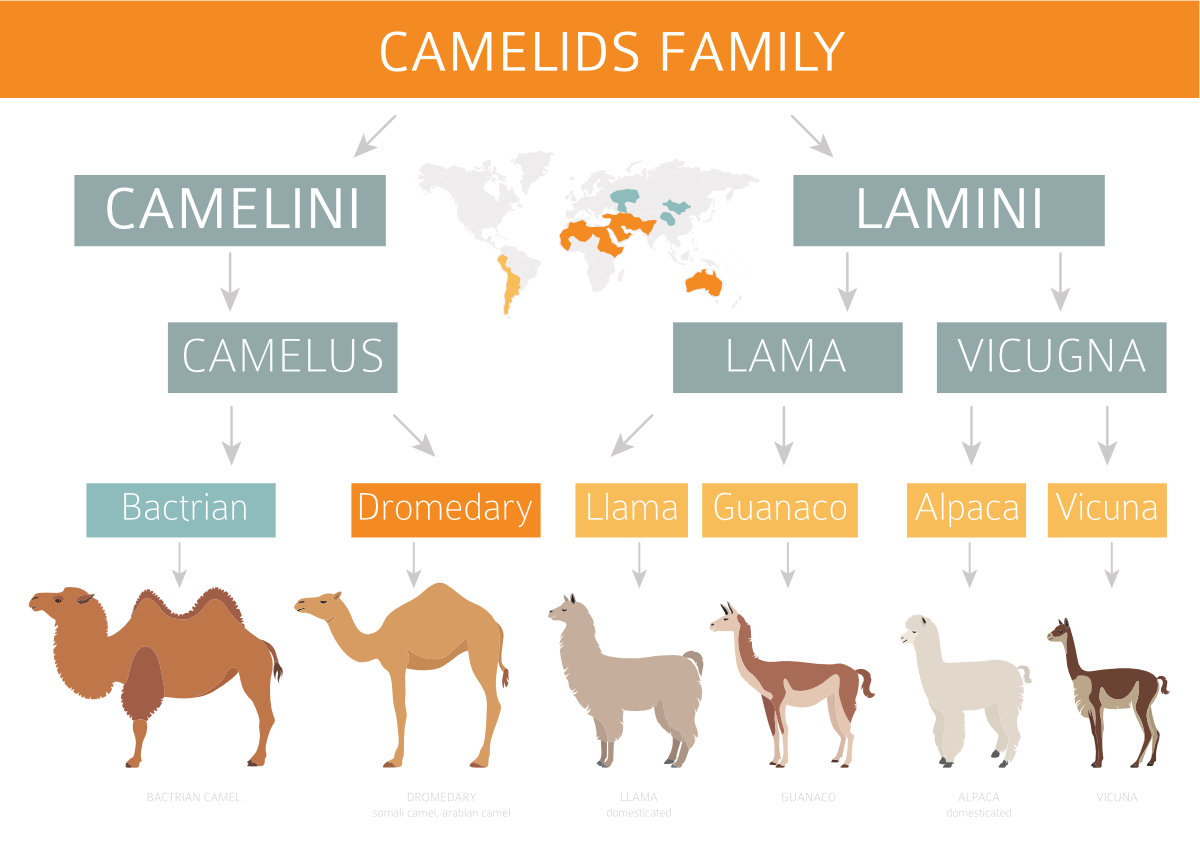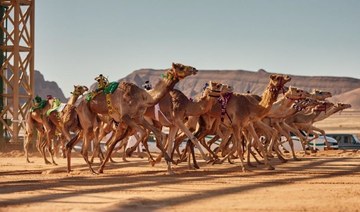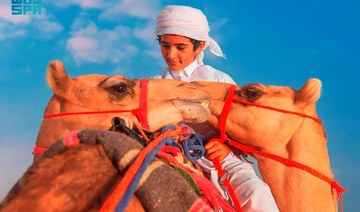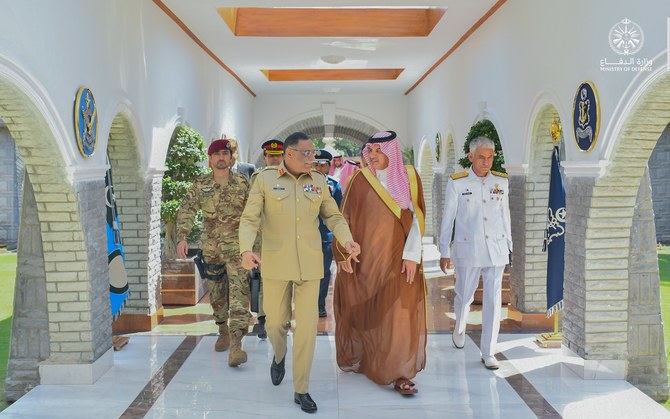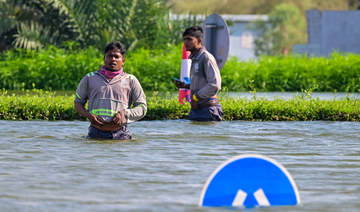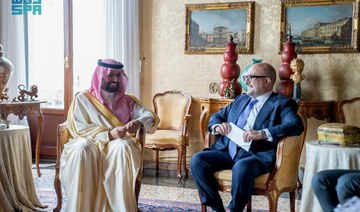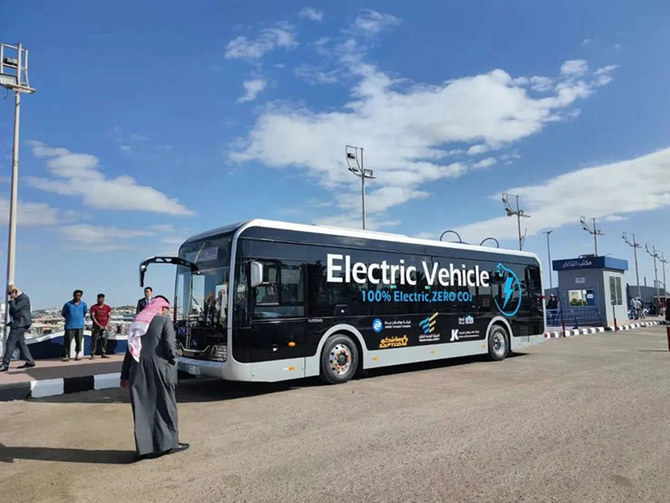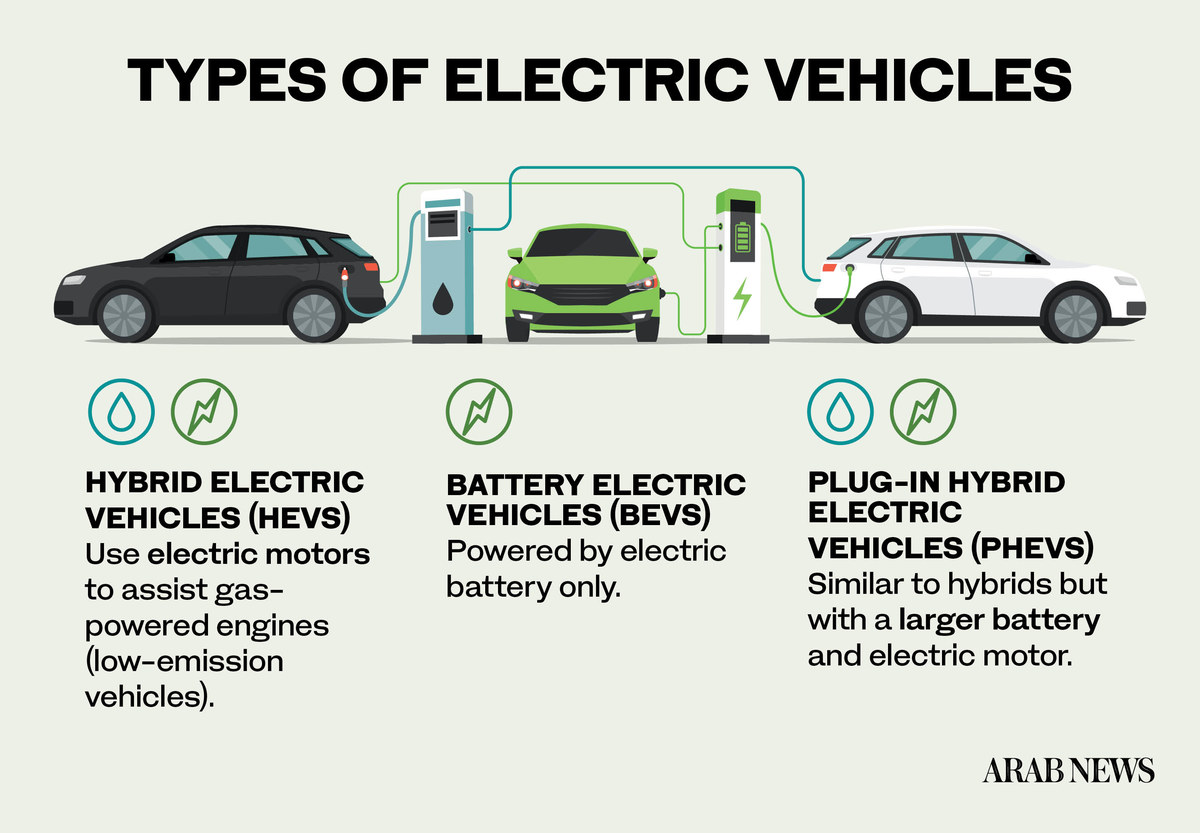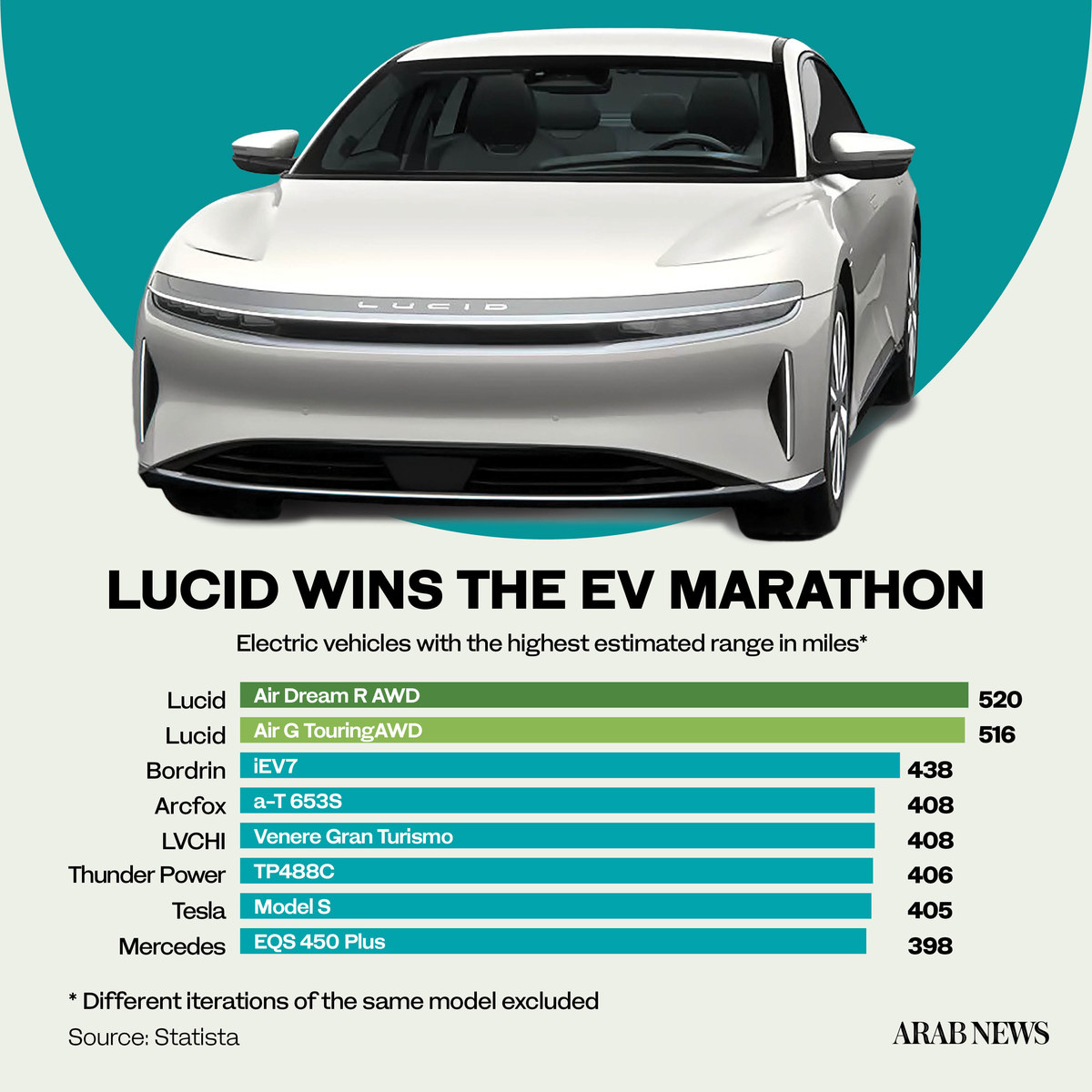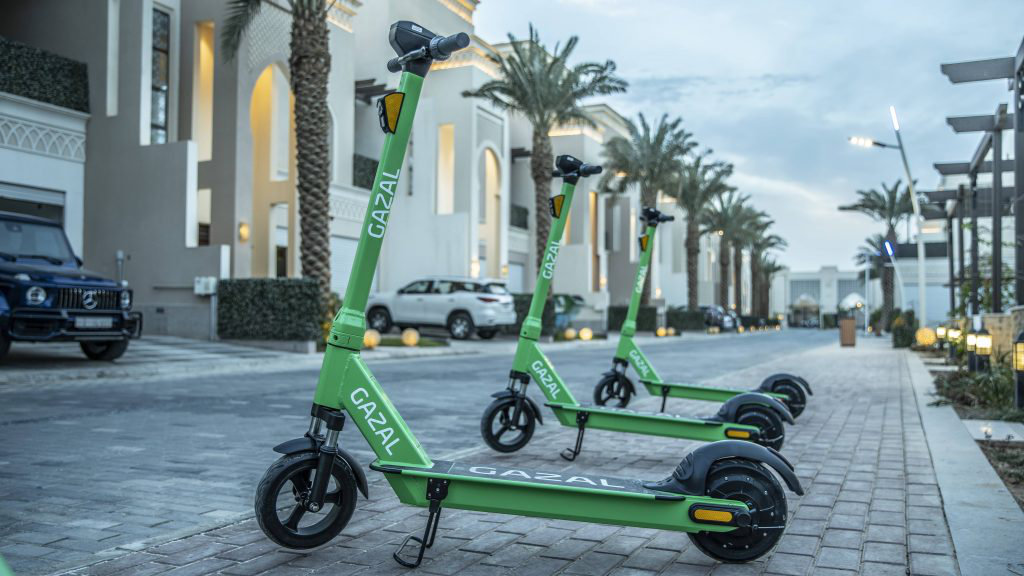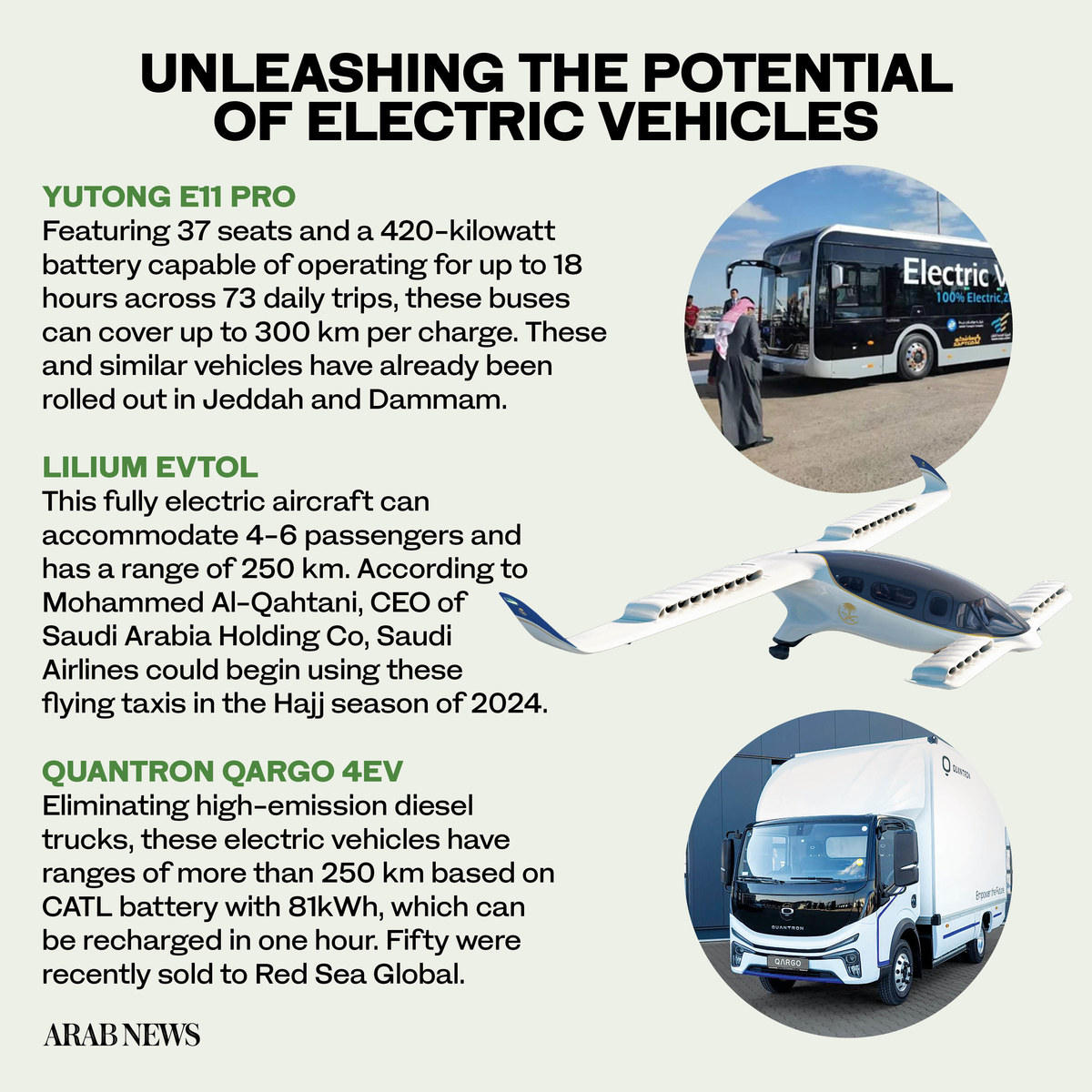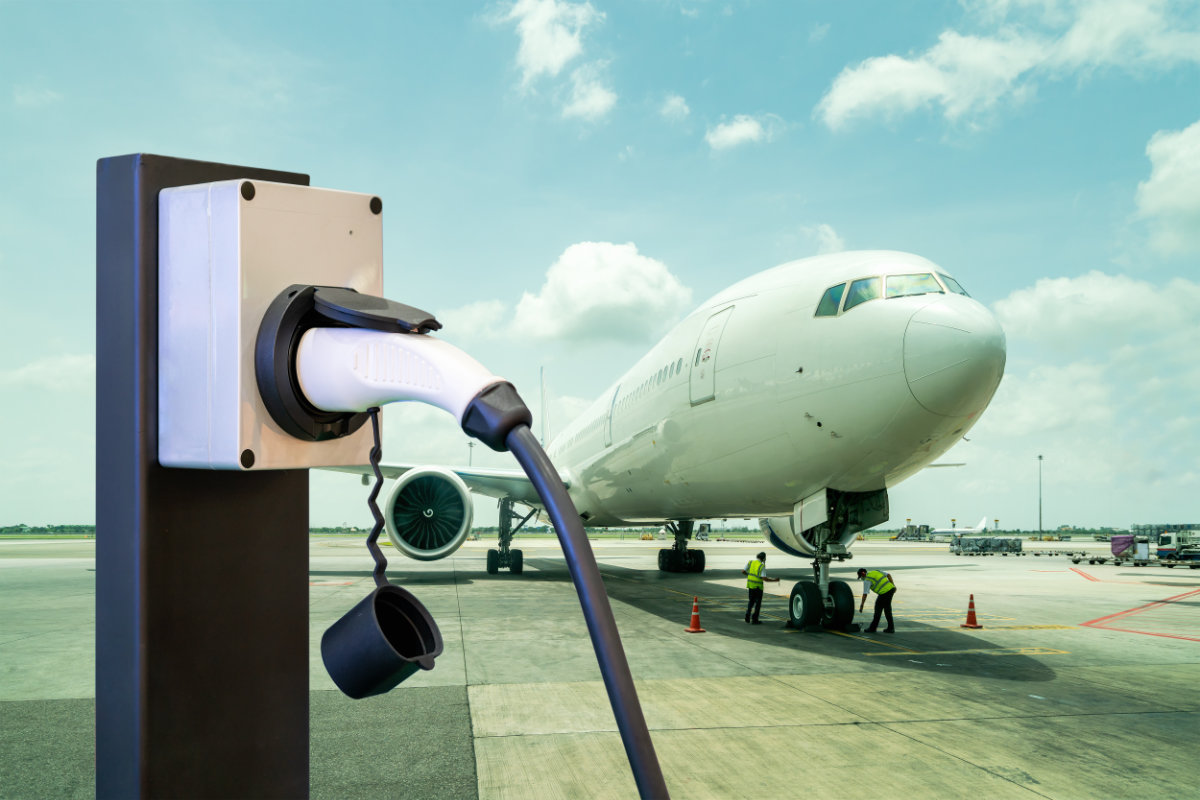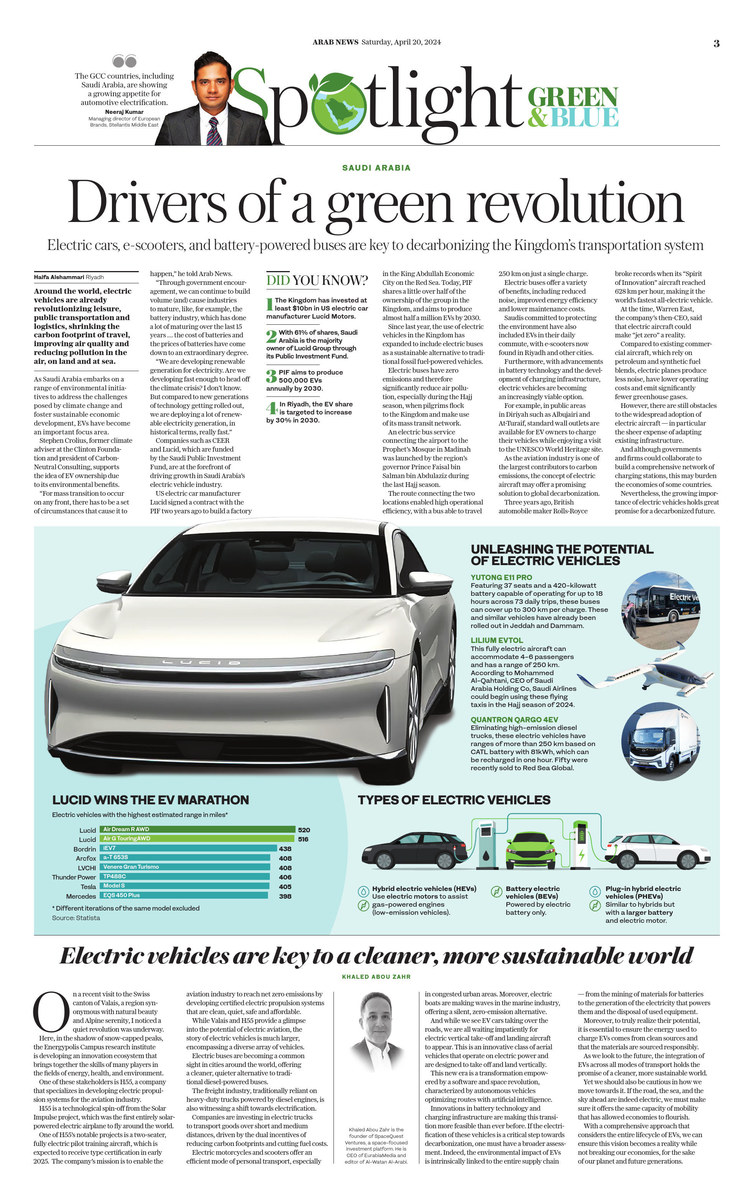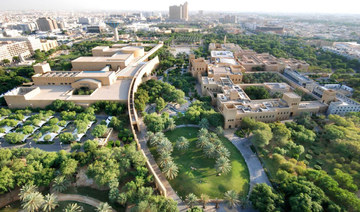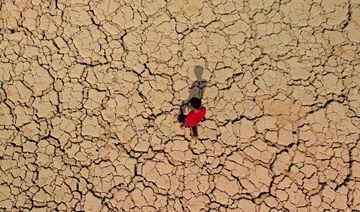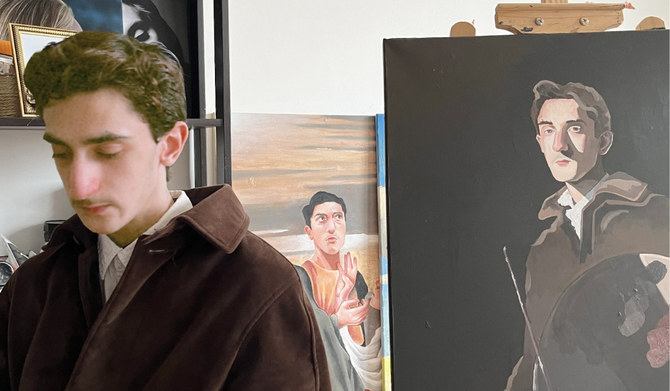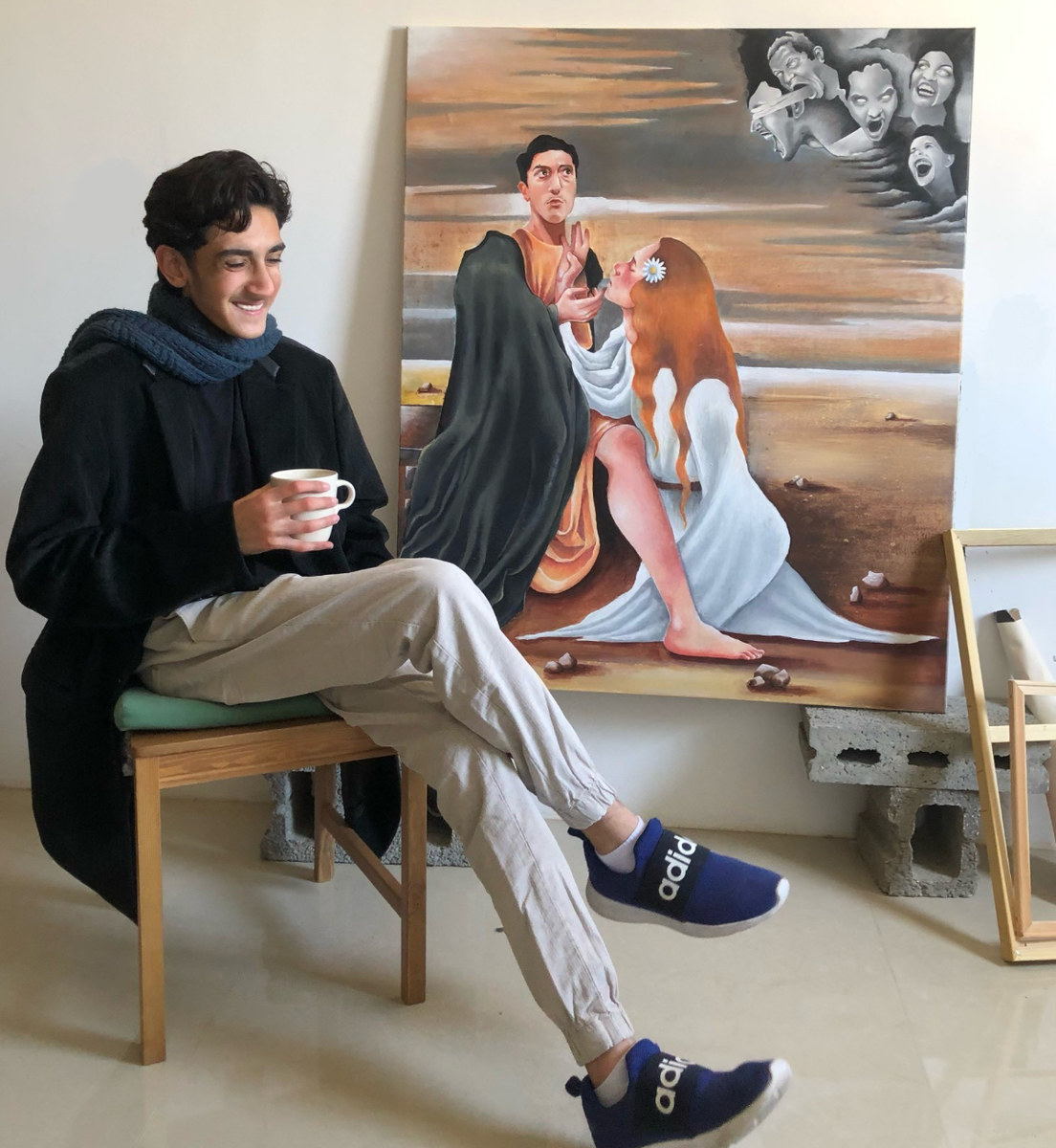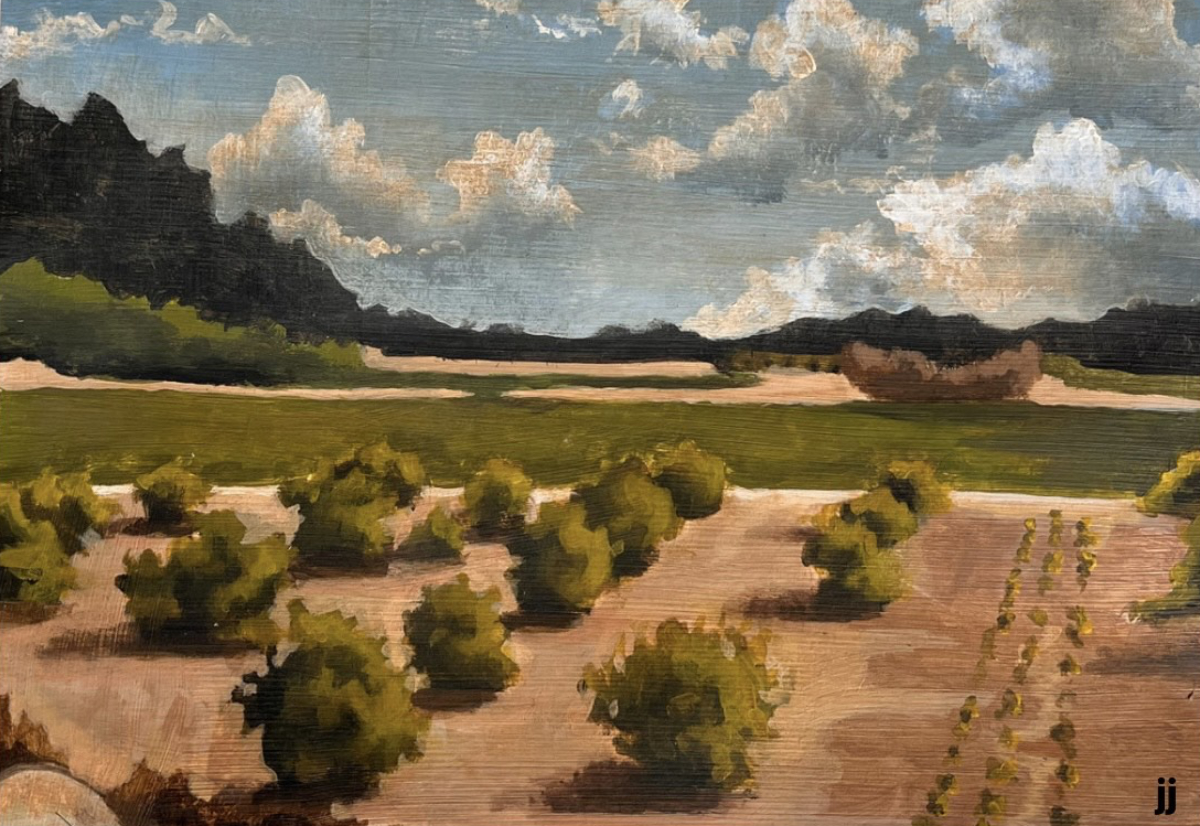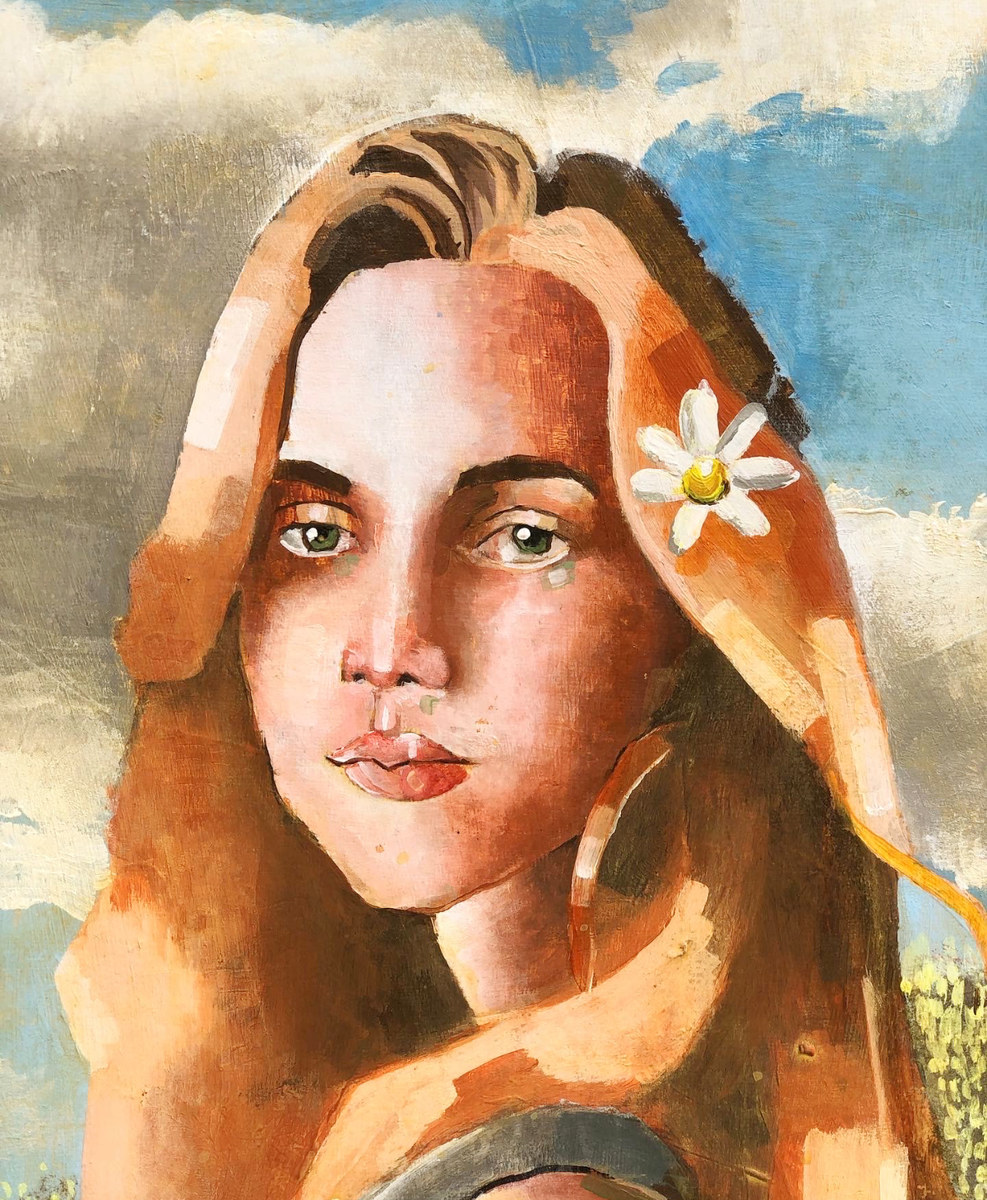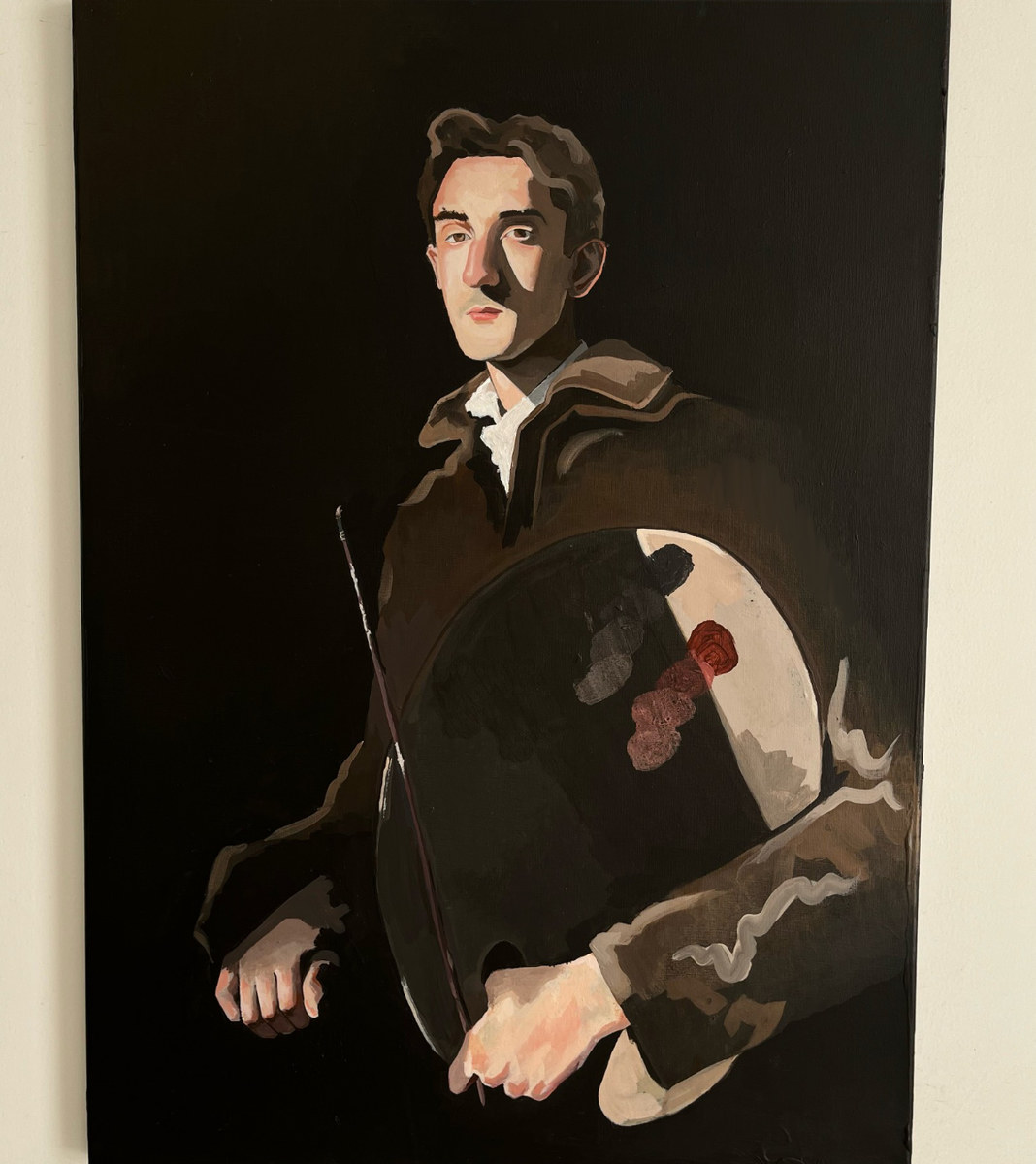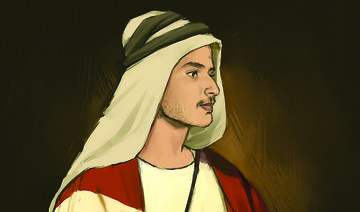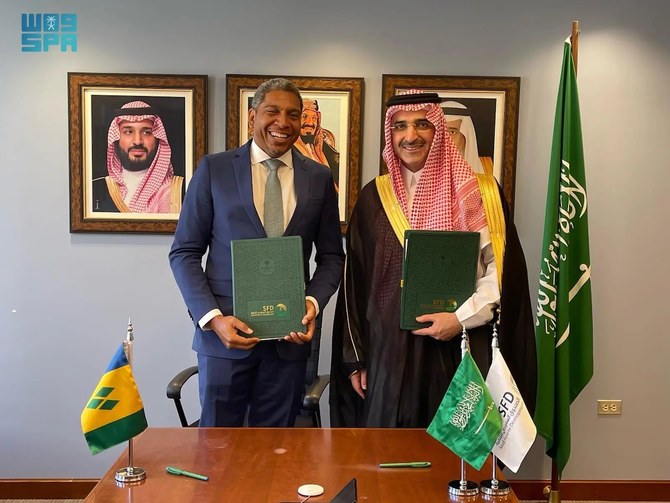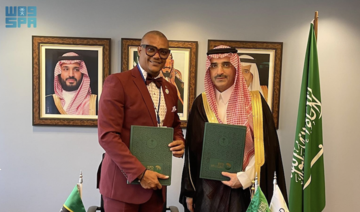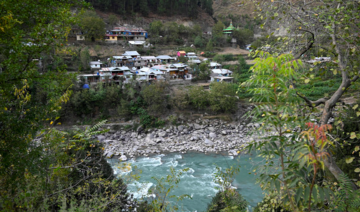JEDDAH: The holy month of Ramadan is no longer just about fasting, iftar and sahoor meals, and night prayers. With the passage of time, Muslims across the world have found ways to express their love for this holy month in different manners.
Using special decorations is one of the ways to celebrate the holy month. As a matter of fact, Ramadan decorations are increasingly becoming an integral part of Ramadan preparations for many families in Saudi Arabia.
There are two main elements of these Ramadan decorations: Lanterns and colorful fabric with red patterns used in various types of decorations.
The combination of these two elements gives a reddish oriental theme to Ramadan celebrations in Saudi Arabia.
A few years ago, Ramadan decorations were available only in big markets and huge stores and people had fewer options. However, the advent of the internet and the social media revolution have changed the situation with major brands and stores coming up with innovative ideas to attract customers thus changing the way we used to celebrate Ramadan in the past.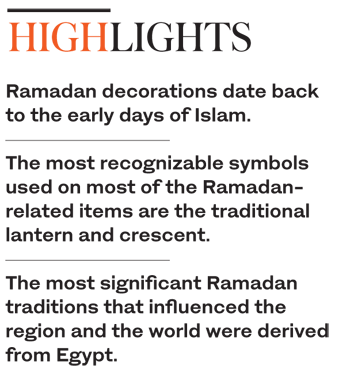
Local and international brands offer innovative Ramadan products and collections every year ranging from home accessories, items, party supplies, Ramadan pillows, mattresses, tablecloths, Ramadan jewelry, dresses, perfumes, and even Ramadan cake designs, food presentation, packaging and much more. Special prints and symbols are used in the making of these items to give them a touch of Ramadan.
The print used on all types of product is either the traditional red-themed oriental pattern, or a redesign of it, and the most recognizable symbols used on most of the Ramadan-related items are the traditional lantern and crescent.
Contrary to popular belief, using decorations to celebrate Ramadan is not a recent phenomenon. Historians may differ over the exact origins but they do agree that the use of lanterns and the traditional red patterned fabric first began in Egypt.
It is said that lanterns were used during the Fatimid Caliphate at the end of the 10th century and at the beginning of the 11th century.
History books tell us that during the month of Ramadan in 362 AH, Caliph Al-Muizz Lideenillah Fatimi arrived in Cairo from Morocco. The Egyptians went out in large processions to greet him at night holding torches and decorated colorful lanterns to light the streets. These lanterns remained lighted until the end of Ramadan filling the streets with joy.
In that connection, Abu Bakr Al-Jassas, a Muslim scholar of the 9th century, in his book “Unanimity of Scholars” stressed that the celebration of festivals (Eids) and the month of Ramadan began in the period during which the Tolonic state was established i.e. between 868 and 905 AC. According to him, squares were lighted and streets decorated during the month of Ramadan and festivals (Eids).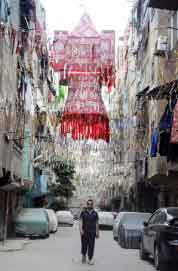
Others choose to refer these Ramadan social traditions to earlier times. Ziad Sami Itani said in an article, titled “Ramadan customs: Ramadan decorations,” that the first to start celebrating the coming of Ramadan was Caliph Umar ibn Al-Khattab, who was a companion of Prophet Muhammad (peace be upon him). Itani said that Caliph Umar decorated mosques and lit them starting from the first day of Ramadan so that Muslims could perform Taraweeh prayers and other religious rituals comfortably.
The traditional red-patterned fabric originates from Al-Khayamiyya art, which means Tentmakers art. It is an authentic Egyptian art used to decorate tents and it is one of the unique Egyptian traditions.
It is said that it existed since the era of the Pharaohs, yet it indeed flourished in the Islamic era, especially during the Mamluk rule in Egypt (between 1250 and 1517).
Decorative applique
Al-Khayamiyya was associated with the Kaaba cloth embroidered in gold and silver threads, which used to be manufactured in Egypt until the 1960s. It was sent to the Hijaz in a majestic procession known as the “Mahmal.”
This craft of tentmakers is widely present in Al-Khayamiyya Street in Cairo. Al-Khayamiyya market was built in the 1600s. It is Cairo’s sole remaining medieval covered market located in a 300-meter-long street near Bab Zuwayla, Cairo’s medieval gate and the only one remaining from the 11th and 12th-century walls of Fatimid Cairo.
The market is famous for its colored fabrics used for the massive street tents set for funerals, weddings, shop openings and other gatherings.
The market includes other goods like applique works, cushions, covers, Egyptian cotton bed covers, wall hangings, car covers and traditional Egyptian “galabeyas” (long traditional dress).
Ramadan decorations had varied during the centuries, yet the most significant traditions that influenced the region and the world derived from Egypt.
Special outfits
The society’s respect for the holy month of Ramadan has indirectly developed a dress code that limits outfit choices during Ramadan, especially for women.
People dress modestly in Ramadan. In family and friends’ gatherings, they wear the “jellabiya,” which is a traditional Arab garment worn by both males and females. In Saudi Arabia, the female garment is called “jellabiya,” while its male version is called “thobe.”
The tradition of dressing modestly has developed in the last few years and become a lucrative market for fashion designers. For many designers, Ramadan is a remarkable season — more exhibitions targeting female customers are organized before and during Ramadan, more designs and collections are launched every year for adults and children.
International brands have also started to launch special collections for Ramadan, targeting Muslim women in the Middle East.
What do Saudis think of Ramadan trends?
Banan Mohammed from Jeddah views Ramadan traditions as a form of social pressure.
“It is really a nice thing to make one whole month of the year a special one at all levels. But I feel, whatever (commercialization) is happening around us, is only piling up pressure on us to make us more consumptive,” she told Arab News.
She lamented the growing irresponsible consumerism in society.
“Ramadan should serve as a spiritual journey for us to strengthen our connection with our Creator, our families and people we love, and to ourselves too,” she added “Ramadan decorations and outfits should support the goal of moral and spiritual purity. If not, then I think we are missing the whole point of Ramadan, and moving in the opposite direction.”
She said: “In my family, we make very little efforts in preparing for Ramadan, I like that we don’t overdo it, it is nice and beautiful because it is simple and it still positively influences the atmosphere at home.”
Samia Bahaziq, another Jeddah resident, takes Ramadan preparations more seriously and pays attention even to minor details and she believes she has a reason to do so. “I do that to make my kids happy and excited for Ramadan. It also helps and encourages them with their fasting,” she told Arab News.
“Preparing for Ramadan is our family custom. We always make special preparations for Ramadan so as to ensure it is not like any other month of the year. It is something etched in our minds,” she said.
“But honestly, now I see that social media platforms are promoting opulence in society, which is alarming,” Bahaziq added.



